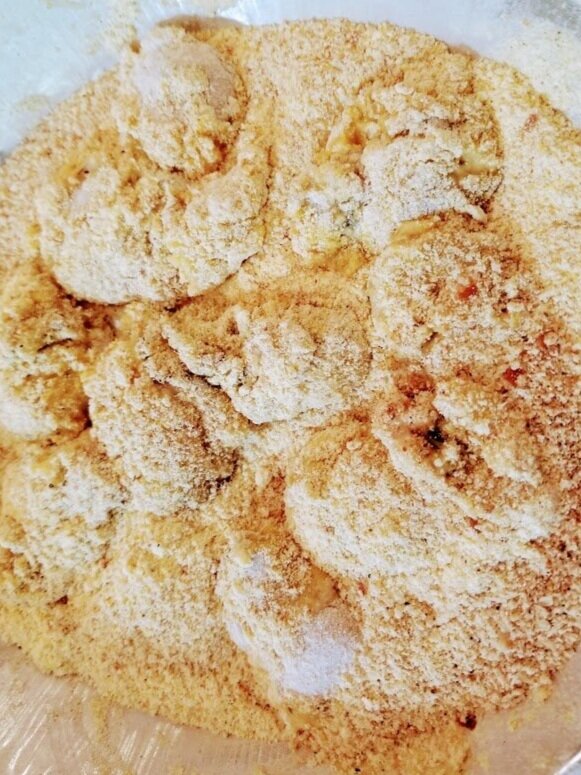Harriet Tubman's Oysters, Perhaps
There is no book to go with this post, but I wanted to talk about a person and place that are near and dear to my heart, Harriet Tubman and the New Jersey shore. Sounds like a strange pairing, doesn’t it? I recently volunteered for the new Harriet Tubman Museum which opened in Cape May, NJ, last month. It was very gratifying to help shed more light on Harriet’s story, and I urge you all to visit the museum if you are ever in Cape May. It was a labor of love brought to fruition by local Cape May volunteers, and their work has been tireless and full of enthusiasm. (Visit harriettubmanmuseum.org to learn more.) I’ve been a fan of Harriet’s since my third grade book report project, but it’s never too late to learn more about her story. She did a lot more than most people realize, and Cape May was a bustling hub of daring, courageous, and ingenious abolitionist activity.
Harriet spent a few summers in the early 1850s working out of Cape May, likely in the hospitality industry. Situated at the very tip of the state, Cape May was an ideal landing spot when ferrying her charges from Maryland, through Delaware, and across the Delaware Bay to New Jersey, using the lighthouse at Cape May Point as a beacon. Harriet returned many times to the Eastern Shore, after working summers at hotel kitchens or residences in Cape May, earning money for her missions. The original lighthouse is under water, but you can still see, and climb, the current Cape May Lighthouse at the Cape May Point State Park. There are a few beautiful nature walks there as well.
A walk at the Cape May State Park, with the lighthouse in the distance. It’s thought that Harriet would land in this area by boat, and then walk her charges to a place of safety.
The Cape May area, like the rest of southern New Jersey, is rich in local products and resources. Salt is harvested here in much the same manner as it is in the marshy areas of France. There are farms which are famous for lima beans, blueberries, cranberries, and even vineyards. And a delicacy that has long been known to locals is the Cape May Salt oyster. They are plump, sweet and briny, and harvested near the end of the bay closest to the ocean, where the water is salty, giving them their name.
In the middle of the 19th century, right around the time Harriet was working in Philadelphia and New Jersey, oysters from Cape May were extremely popular. They were inexpensive and plentiful, and people ate them in all kinds of ways. One item that was very popular with housewives was oyster loaf, as it was made in taverns and bakeries, and then picked up by their husbands on the way home- an early version of the takeout dinner. A loaf of bread had the top sliced off, the inside was hollowed out, seasoned oysters were placed inside, and then the whole thing was buttered, the top was placed back on, and it was baked in the oven. It was the original bread bowl! Once home, it was sliced and eaten. I have not tackled that recipe yet, but I was able to get some Cape May Salts and fry them up in the manner that Philadelphia and the surrounding area was famous for in the 19th and 18th centuries.
According to the York Gazette, September 21, 1900: “The secret is in carefully handling the oyster after it has been breaded. How differently New York restaurants serve fried oysters! In almost every eating place in the city, one sees piles of oysters covered with batter that plainly shows the cook purposefully pressed them between his hands. When served they look more like liver pads than human food. Nothing short of a human ostrich could possibly digest them. The Philadelphia oyster, however, is a culinary poem.”
Or, the Philadelphia Inquirer, November 29, 1882:
Here are my fried oysters, and I hope they don’t remind you of “liver pads”:
I followed the above recipe but with some simplifications. I shucked the oysters, (to be fair, my husband shucked them- I gave up after the first one) and then dipped them in egg beaten with a small amount of good dijon mustard, and then I lightly rolled them in crushed breadcrumbs and cornmeal, which I seasoned with salt, pepper, and a bit of cayenne. Then I fried them in shallow vegetable oil in a wide, high sided pan. We ate them immediately over salad and with some chicken that I also fried using the same method. It was a delicious summer meal that everyone enjoyed.
Maybe Harriet Tubman made these in the kitchens where she worked? Or had Cape May Salts herself for lunch one day.
Breaded oysters before frying.
This made a lot of happy diners!
Don’t forget to visit Cape May’s beautiful new museum, walk the nature trails, and think about Harriet- you could be standing in the same spot where her charges took their first breaths as free people. What an amazing thought.












